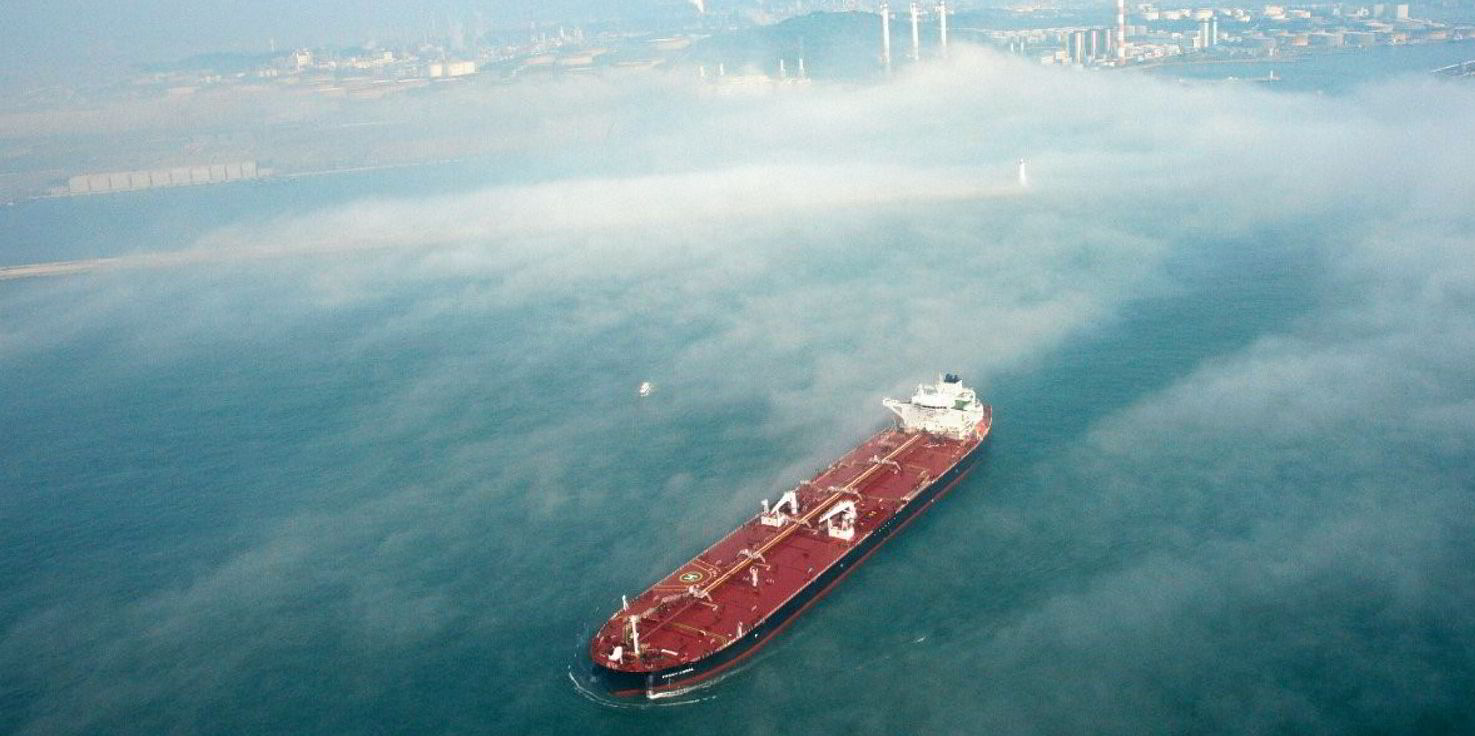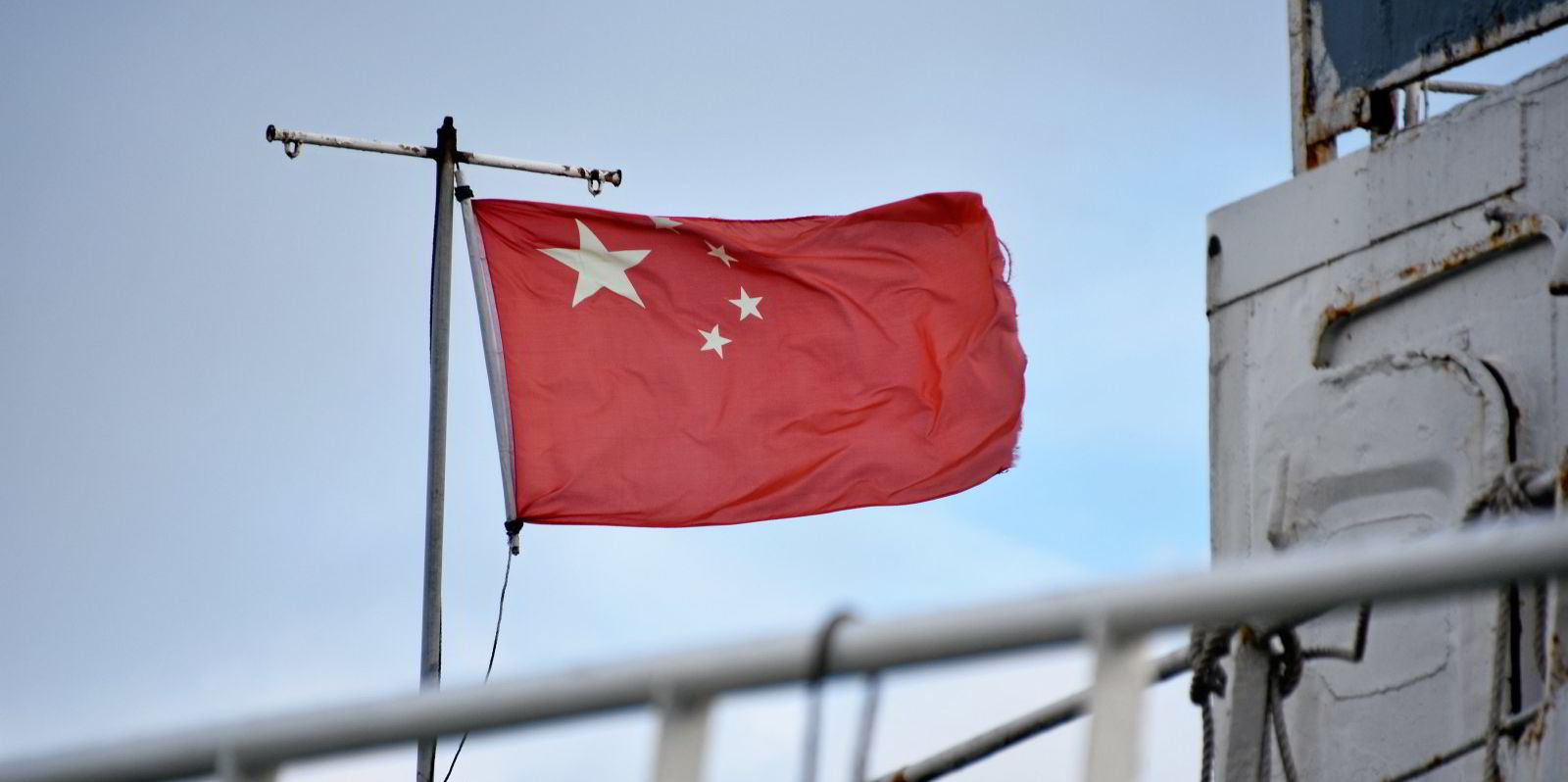The rise in tanker freight rates has seen loaded speeds of VLCCs reach their highest levels for 20 months, the Signal Group says.
VLCC time charter equivalent rates hit $34,357 per day on Friday, according to the Baltic Exchange, down from September highs but still at levels not experienced since June 2020.
With strong demand for tonnage taking oil to China and India, the seven-day moving average in October reached nearly 12 knots (22 km/h) for loaded vessels, said Signal analyst Maria Bertzeletou.
Those speeds have not been seen since February 2021, when VLCC earnings were in negative territory, according to the Baltic’s figures.
“It appears that the [speed] lows recorded in the second and third quarters of this year will not be matched in the final quarter, as crude oil freight rates may increase despite signs of lower oil demand,” Bertzeletou said.
“There is still a shortage of oil supply that will weigh on the global economy during the winter months when developed and developing countries will look to sources of supply from the US and Opec+ countries to meet their energy needs.”
Opec+ nations this month announced production cuts of 2m barrels per day from November, although the actual reduction could be half that.
The International Energy Agency said on Thursday that the production cuts to bolster oil prices could prove a tipping point for a global economy already on the brink of recession.
“Fears of a new economic recession may lead to lower oil demand in Asia and a weaker freight environment with lower vessel speeds,” said Bertzeletou.
She said it is too early to assess the impact of new regulations aimed at reducing emissions. The easiest way for older and more inefficient ships to comply with the International Maritime Organization’s Energy Efficiency Existing Ship Index, which comes into force next year, is by limiting engine power and reducing speeds.





